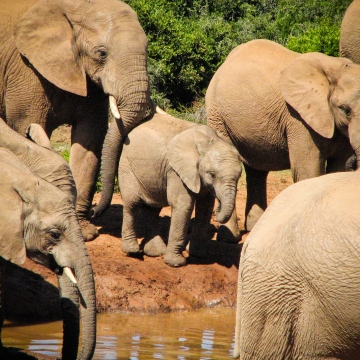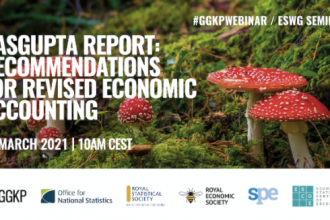Economic valuation of forest ecosystem services in Kenya
Implications for Participatory Forest Management and Payments to Communities for Ecosystem Services
- Communities living near Kenya’s forests place a monetary value on conservation.
- Mountain forests are the source of rivers that provide water for agriculture and other “ecosystem services” such as flood control and water purification.
- It is possible for downstream communities that benefit from these ecosystem services to pay the upstream communities to conserve the forests.

